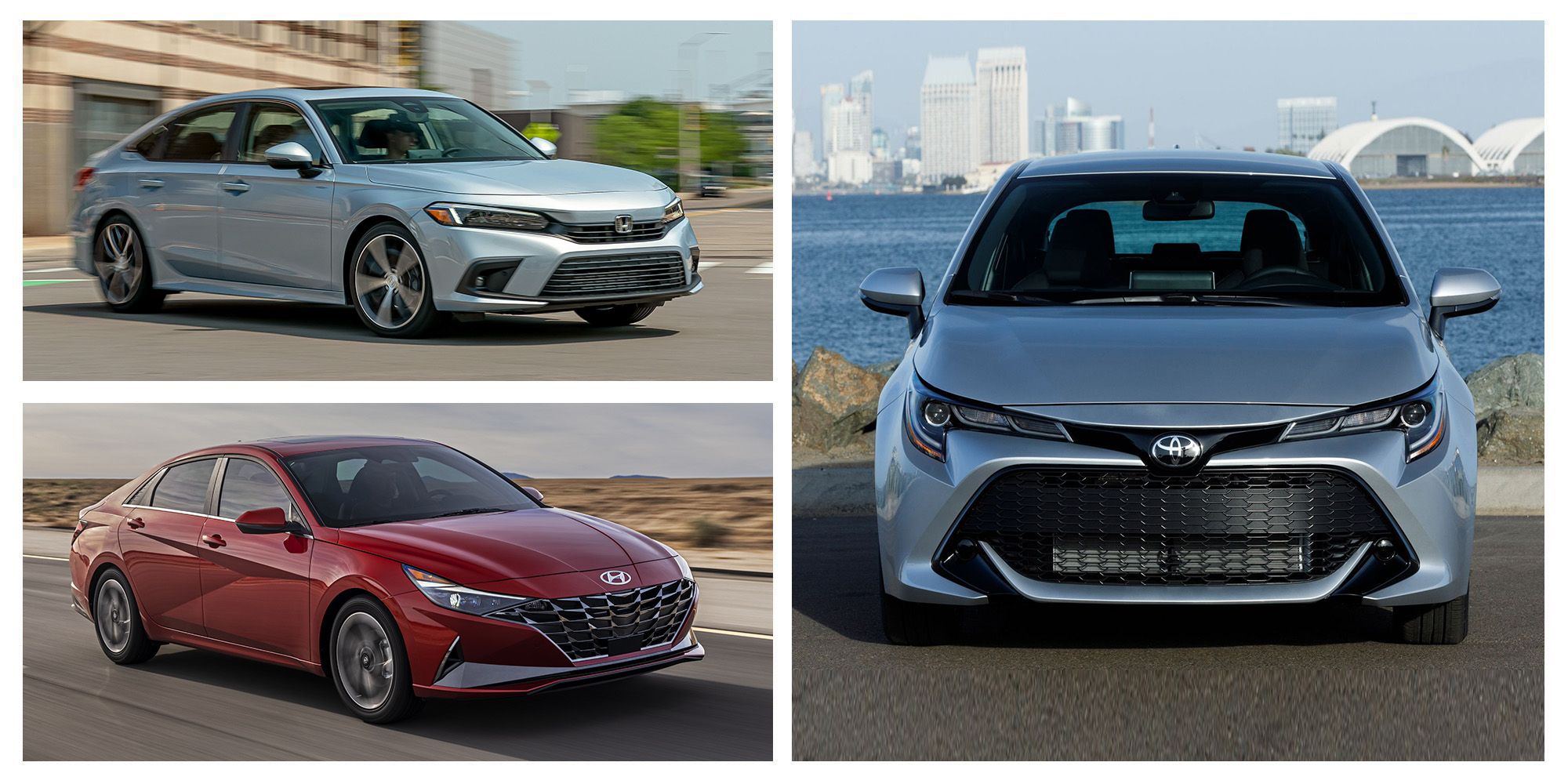Cars With the Best Fuel Efficiency in 2022

The automotive industry has come a long way from the days of the big gas guzzling brutes of yesteryear. As fuel prices have gone up, so too has the demand for more efficient cars. Not to mention our attitudes towards climate and pollution. For the last few decades—particularly in Europe—there has been a real charge to develop car engines to squeeze as much out of every drop of fuel as possible. Car manufacturers have therefore invested millions of dollars and countless hours to develop cars that they can boast will be the cheapest to run without compromising on features and comfort. Technologies such as hybrid and electric power have been explored, as well as an increase in popularity of diesel engines. All in the pursuit of savings to the consumer’s running costs and to the environment.
With cars ranging from 2-door hatchbacks right up to big all-terrain 4WDs, it can be hard to compare fuel efficiency between cars when they are built to fulfill different purposes, so we’ll do it for you. In this article we’ll be looking at some of the latest 2022 editions of popular cars, and how they well stack up when it comes to their thirst for fuel.
Hyundai i30
Hyundai have pretty much dominated the cheap small car market for the last 25 years. Their Excel and Getz models were unbelievably successful throughout the late 90’s, 2000’s and even into the 2010’s. Unfortunately, they were renowned for their austere driving experience as they were both no-frills cars aimed at those on a slim budget. Since then, the company has somewhat reinvented itself as a serious player in the mid-priced car market.
Despite being the successor to the Getz, the i30 comes with all the nice options you would expect in a good quality new car, making it a desirable inner-city hatchback.
It comes in both 1.6L and 2.0L petrol options, both of which achieve similar fuel figures of just over 7L/100km. It’s important to note, however, that this is a combined figure between urban driving and extra urban (in other words cruising). Extra urban driving uses far less fuel as the car is not accelerating, so the figure can be misleading as a small hatchback like this is likely to spend most of its time in urban environments. In such a case, the figure is closer to 10L/100km.
Kia Stinger
Similar to Hyundai, Kia also previously occupied the cheap, no-frills entry level car market. And like Hyundai, they made a shift towards making higher quality, desirable cars. It’s hard to imagine the same company that used to make the depressingly boring Rio now makes the extremely cool Stinger.
This sports sedan comes with either a 2.0L turbo 4-cylinder engine or a 3.3L twin turbo V6. They put out an impressive 182kW and 275kW respectively. And like the i30, the fuel consumption figures are broken down into ‘combined’, ‘urban’ and ‘extra urban’. Per 100km, the 2.0L option uses 12.7, 8.8 and 6.5 litres across the three conditions. Meanwhile the 3.3L option uses 14.9, 10.2 and 7.5 litres per 100km.
Like the i30, the Kia Stinger is likely to be doing most of its driving on urban roads, so you will need to take this into account when determining roughly where it stands in terms of fuel consumption. And when a car comes with a lot of power, you’re more likely to use it, which further increases its fuel use.
Mazda CX-5
Mazda have been in the SUV market from the beginning, and the latest Mazda CX-5 comes with some pretty impressive features. Luxury seats, mobile connectivity and a host of driver assist functions make this car a very pleasant environment to be in while you get from A to B. Its off road capabilities also make it more of a ‘go anywhere’ car than the others mentioned so far, opening up more possibilities for adventure.
Utilising Mazda’s Skyactiv technology, the CX-5 comes with four engine options: 2.0L petrol, 2.5L petrol, 2.5L petrol turbo and 2.2L diesel.
2.0L petrol/100km:
– 8.1L (urban) / 6.2L (extra urban) / 6.9L (combined)
2.5L petrol/100km:
– 9.2L (urban) / 6.3L (extra urban) / 7.4L (combined)
2.5L petrol turbo/100km:
– 10.3L (urban) / 6.9L (extra urban) / 8.2L (combined)
2.2L diesel/100km:
– 6.5L (urban) / 5.2L (extra urban) / 5.7L (combined)
You can see there is a pretty good range of options that cover all driving needs, from maximum performance through to maximum efficiency with options in between.
If the mid-sized SUV appeals to you, then visit your local Perth Mazda dealership for more details and a closer look.
Toyota Rav4 Hybrid
Hybrids gained popularity with the Toyota Prius but since then haven’t quite gone on to dominate the market like it was predicted they would. This is partly due to cost, as they are quite a bit more expensive than a standard petrol engine. They are very economic when it comes to fuel consumption, though. The lowest advertised figure for the Rav4 Hybrid is 4.8L/100km which we can assume is in combined urban and extra urban driving conditions, so depending on the kind of driving you do, this figure could potentially go up or down a little bit. Nevertheless, it’s impressive with its fuel economy, but of course, you do pay for it with a higher driveaway price.
Of course, there are plenty of 2022 entries in the new car market, but we thought these four covered a broad range of options for most drivers. If fuel economy is up the top of your priorities when it comes to buying a new car then it’s worth having a good look at the figures in all your brochures because understanding exactly what they mean is key.





